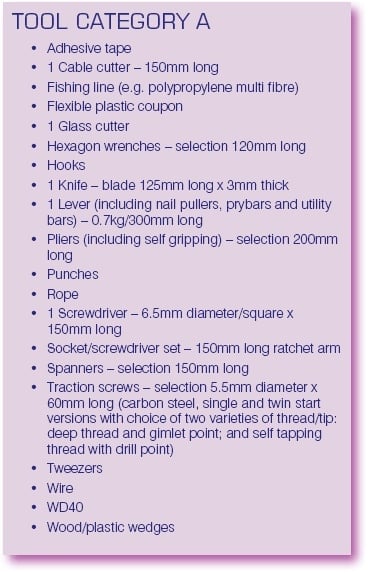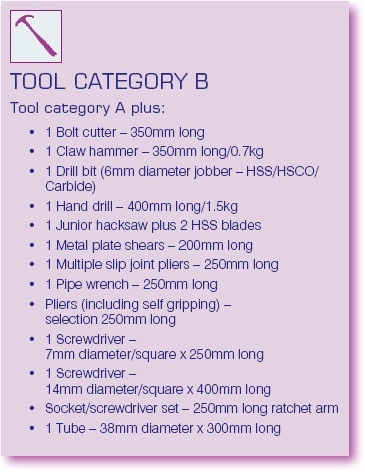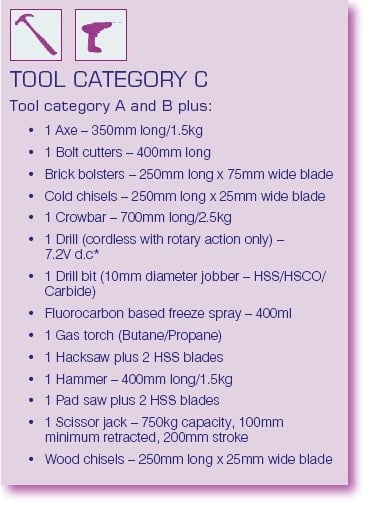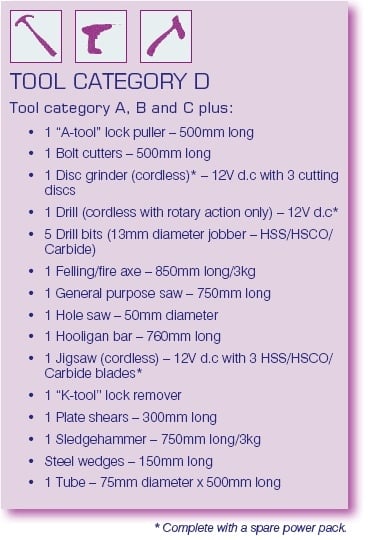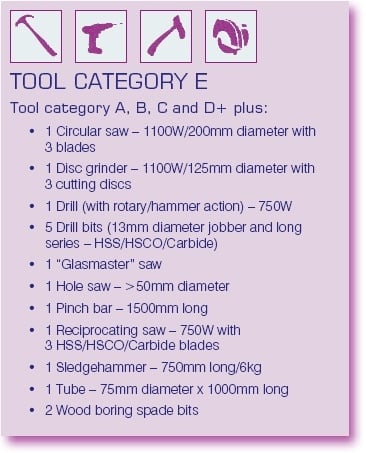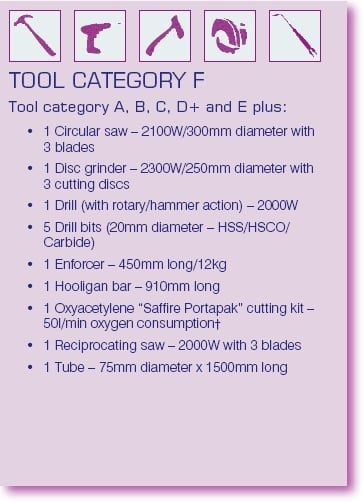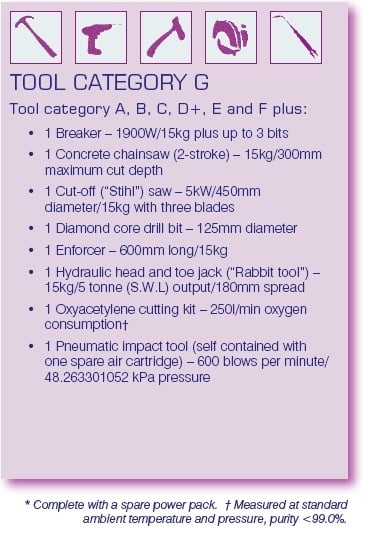LPS1175 Issue 7?
The Loss Prevention Certification Board (LPCB) is one of the most established and recognised certification boards in the World. It is supported by the Building Research Establishment (BRE) from the UK headquarters. BRE contribute to building regulations and managing codes and standards for government, their teams develop their own standards in partnership with external experts and industry. They do this to help ensure that products or services perform as they should, and to support the introduction of new and unproven technologies.
Loss Prevention Standards (LPS)
The internationally respected LPS suite of standards give confidence that fire safety products and services will deliver effective fire prevention, detection, alarm and suppression, and that security systems will give protection against criminal intrusion and terrorist attack. They cover:
Automatic Sprinkler, Water Spray and Deluge Systems
The LPS1175 Issue 7
LPS 1175 Issue 7 was published back in 2015. At the time of its publication, it was the most substantial revision of the LPS1175 standards. It has provided manufacturers, specifiers, and architects a benchmark for security products. Testing is a long and expensive process, with only 5% of products successfully achieving the accreditation.
For the full LPCB LPS1175 Issue 7 requirements and testing procedure.
The products are tested from Security Level 1 as entry level and goes up to Security Level 8 for maximum security. Each security level is tested using a certain tool kit over a set duration. The better-equiped tool kit and the longer the length of attack time, the higher the security level. Please see below a table showing the security levels, tool kit type and attack duration.
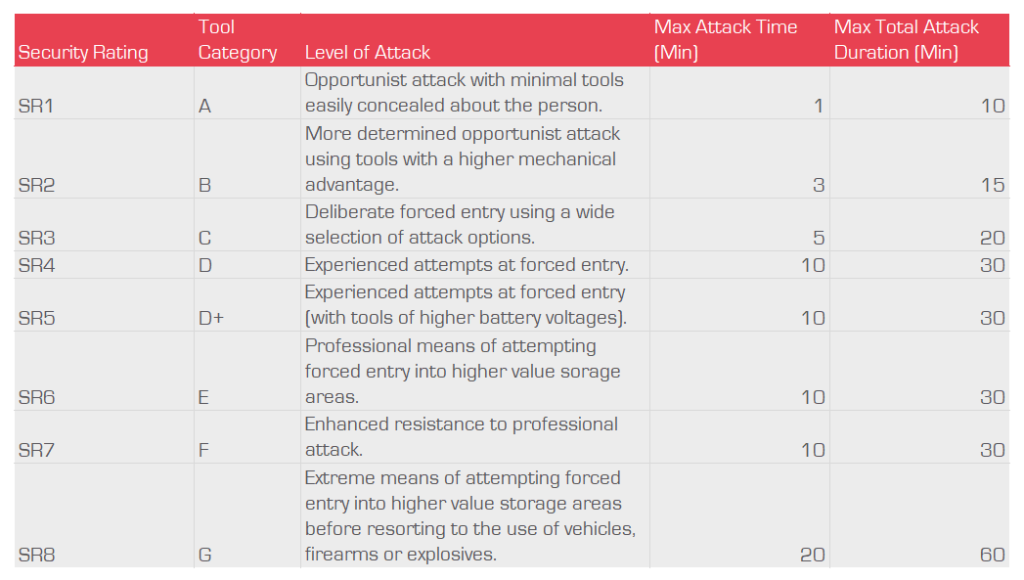
The Max Total Attack Duration is the total time spent on the test and includes time to change over tools and look at different ways through the product. The Max Attack Time is the time physically testing the product with the tools.
TOOL KITS
Below is the list of Tools that appear in each Tool Kit Category. The test allows the use of any tool or combination of tools in each tool kit. Tool Category A is the entry-level, which is designed to replicate the opportunist thief, who is carrying easily concealable tools. Tool Category G is for the very determined and professional thieves, who have access to the serious cutting equipment.
